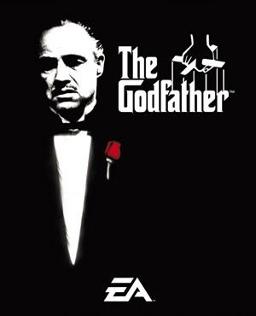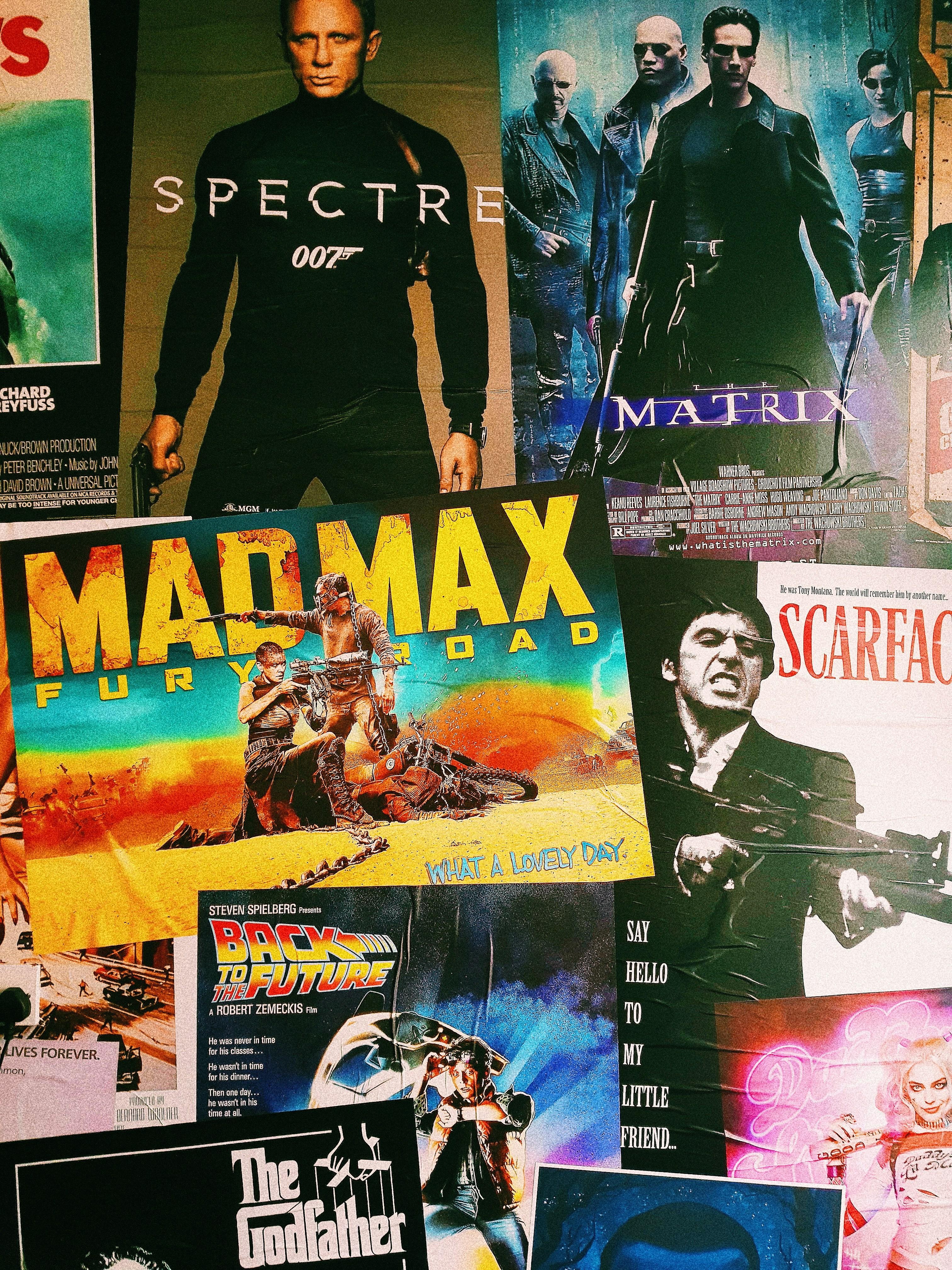In the pantheon of cinematic masterpieces, few films have wielded as profound an influence on their genre as “The Godfather.” Released in 1972, Francis Ford Coppola‘s magnum opus not only captivated audiences with its gripping narrative and complex characters but also redefined the very essence of the crime drama. By intertwining themes of family loyalty, power, and moral ambiguity, “The Godfather” transcended traditional genre boundaries, setting a new standard for storytelling in cinema. This article delves into the film’s groundbreaking elements, examining how its innovative approach reshaped the crime drama landscape and left an indelible mark on both filmmakers and audiences alike.
Cinematic Innovation and Narrative Depth
The Godfather stands as a monumental achievement in the realm of crime drama, transforming the genre through its groundbreaking approach to storytelling and cinematic techniques. Director Francis Ford Coppola’s adaptation of Mario Puzo’s novel introduced a level of narrative sophistication that was unprecedented at the time. By weaving a complex tapestry of family dynamics, power struggles, and moral ambiguity, the film elevated the genre beyond simple tales of crime and punishment. Key innovations include:
- Character Complexity: The film delves deep into the psychological landscapes of its characters, offering audiences a nuanced view of both the protagonist and antagonist roles, often blurring the lines between the two.
- Non-linear Storytelling: The Godfather employs flashbacks and parallel narratives, enriching the plot and providing a more comprehensive understanding of the characters’ motivations and histories.
- Visual Storytelling: Through meticulous cinematography and lighting, the film creates a mood that is both intimate and epic, using shadows and framing to enhance the narrative’s emotional depth.
Such innovations not only set a new standard for crime dramas but also influenced countless filmmakers and writers, reshaping the landscape of modern cinema. The film’s ability to merge artistic vision with compelling narrative depth remains a benchmark in the genre, inspiring future generations to explore the intricacies of human nature within the framework of crime and consequence.
Character Complexity and Moral Ambiguity
In “The Godfather,” are woven intricately into the narrative, challenging audiences to reconsider their perceptions of right and wrong. The film masterfully depicts characters who are neither purely virtuous nor entirely villainous, but instead exist in a morally gray area that reflects the intricacies of real human nature. Michael Corleone, for instance, begins as a war hero and the family outsider, yet his gradual transformation into a ruthless mafia leader blurs the lines between duty and malevolence. This evolution forces viewers to grapple with the unsettling question: at what point does loyalty become corruption?
- Nuanced Motivations: Each character’s actions are driven by a complex web of personal and familial motivations, making it difficult to label them as simply ‘good’ or ‘bad’.
- Consequences and Choices: The narrative doesn’t shy away from showcasing the consequences of the characters’ choices, further emphasizing their moral complexity.
- Relatable Flaws: By highlighting their vulnerabilities and flaws, the film crafts characters that are profoundly human and relatable.
By delving into these complexities, “The Godfather” redefined the crime drama genre, creating a compelling and thought-provoking exploration of the human condition within the framework of organized crime.

Cultural Impact and Genre Evolution
The release of The Godfather in 1972 marked a pivotal shift in the crime drama genre, blending elements of family saga with the gritty realities of organized crime. This film not only elevated storytelling but also introduced a nuanced portrayal of morality and power dynamics. It challenged existing conventions by presenting criminals as complex, multifaceted characters, rather than one-dimensional villains. The film’s influence extended beyond cinema, shaping literature, television, and even video games, as creators sought to emulate its rich narrative depth and character development.
- Complex Characters: Redefined the portrayal of anti-heroes, adding layers of humanity and vulnerability.
- Family Dynamics: Highlighted the intertwining of familial loyalty and criminal enterprise, setting a new standard for storytelling.
- Visual and Aesthetic Influence: Set a benchmark for cinematography and production design in crime dramas.
- Dialogue and Language: Introduced iconic lines and a distinctive narrative style that became a hallmark of the genre.

Masterful Direction and Artistic Influence
Francis Ford Coppola’s visionary approach to The Godfather transformed it into a timeless masterpiece that reshaped the crime drama genre. His meticulous attention to detail and commitment to authenticity brought a new level of realism and depth to the film. Coppola’s decision to focus on the intricate dynamics of the Corleone family, rather than just the violence associated with organized crime, introduced a compelling narrative complexity. This focus on character development allowed audiences to engage with the film on a more profound emotional level.
- Innovative Cinematic Techniques: Coppola’s use of lighting and shadow created a distinctive mood that emphasized the film’s themes of power and corruption.
- Collaborative Genius: Working closely with talented artists like cinematographer Gordon Willis, known as the “Prince of Darkness,” Coppola crafted a visual style that became iconic.
- Impactful Storytelling: By blending elements of Shakespearean tragedy with the gritty realism of crime narratives, Coppola set a new standard for storytelling in the genre.
These artistic choices not only influenced subsequent filmmakers but also elevated the crime drama to a level where it could be considered high art. Coppola’s direction ensured that The Godfather would be remembered not just as a film, but as a cultural phenomenon.

